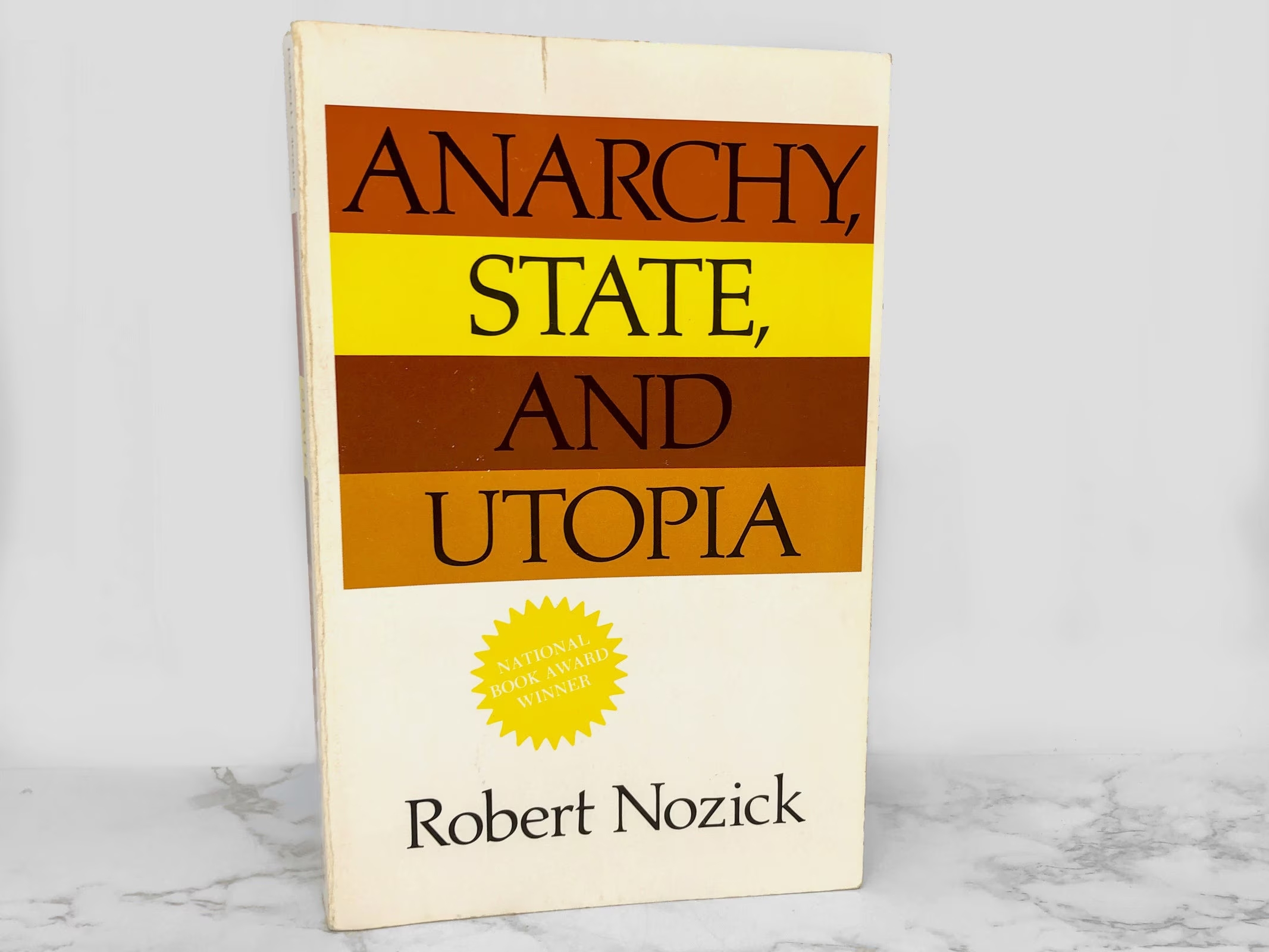The U.S. federal budget is now in the neighborhood of $4 trillion. Just ten years ago it wasn’t even $3 trillion. It was “only” $2 trillion in 2002, and didn’t reach the trillion dollar mark until 1987. The greatest component of the federal budget is spending on the welfare state.
Welfare programs
There are in the United States about 80 means-tested welfare programs. These are programs that limit benefits or payments on the basis of the beneficiary’s income or assets. The best-known of these programs are Medicaid; the State Children’s Health Insurance Program (SCHIP); the Supplemental Nutrition Assistance Program (SNAP [formerly known as food stamps]); Women, Infants, and Children (WIC); Section 8 housing vouchers, Temporary Assistance to Needy Families (TANF); Pell grants; farm subsidies; subsidized student loans; Head Start; Healthy Start; Supplemental Security Income (SSI); school breakfast and lunch programs; and the Low Income Home Energy Assistance Program (LIHEAP).
The most egregious of these programs is the TANF program — formerly known as Aid to Families with Dependent Children (AFCD) — because it doles out cash directly to the welfare recipient to spend as he chooses. States receive block grants from the federal government to design and operate programs that accomplish one of the four purposes of the TANF program:
- Provide assistance to needy families so that children can be cared for in their own home
- Reduce the dependency of needy parents by promoting job preparation, work, and marriage
- Prevent and reduce the incidence of out-of-wedlock pregnancies
- Encourage the formation and maintenance of two-parent families
The “basic assistance” provided by the TANF program costs taxpayers more than $4 billion a year.
And then there are the welfare programs that most Americans have never heard of: the Special Milk Program (SMP), refugee assistance programs, job training programs, community health centers, the Elderly Nutrition Program, the Commodity Supplemental Food Program (CSFP), Community Development Block Grants (CDBG), housing-assistance programs, subsidized low-income phone service, homeless-assistance grants, family-planning programs, adult basic-education grants, legal-services block grants, and the Healthy Marriage and Responsible Fatherhood (HMRF) initiative.
To them should be added refundable tax credits such as the Earned Income Tax Credit (EITC), Additional Child Tax Credit (ACTC), and the American Opportunity Tax Credit (AOTC). Regular tax credits reduce the amount of tax owed, but if there is no taxable income to begin with — because of tax deductions, exemptions, or otherwise — then no credit can be taken. However, refundable tax credits are treated as payments from the taxpayer, such as federal income-tax withheld or quarterly estimated taxes paid. If the “payment” is more than the tax owed, the taxpayer receives a “refund” from the government of money never withheld or never paid in. This cash payment is just welfare by another name, since the “refund” one receives was actually paid in by someone else. Refundable tax credits are means-tested in the sense that they are phased out once one’s income reaches a certain level.
According to the Heritage Foundation (a conservative think tank),
- Today, the U.S. spends 16 times as much on welfare as it spent in the 1960s — about 4 times the amount needed to pull every poor family out of poverty — yet the federal poverty rate remains nearly unchanged.
- Total spending at all levels of government on the roughly 80 federal means-tested welfare programs, which provide cash, food, housing, medical care, and social services to poor and lower-income Americans, is more than $1 trillion annually.
- Welfare is the fastest-growing part of government spending. Between 1989 and fiscal year 2008, means-tested welfare spending increased by 292 percent.
And that is just spending on means-tested welfare programs.
There are also several programs that most Americans don’t consider to be welfare programs: Medicare, Social Security, and Unemployment Compensation.
Medicare is government-funded health care for Americans who are 65 or older, are permanently disabled, or have renal disease or ALS. Medicare consists of four parts: Part A (hospital insurance), Part B (supplemental medical insurance), Part C (Medicare Advantage Program), and Part D (prescription-drug benefit). Social Security is properly the federal Old-Age, Survivors, and Disability Insurance (OASDI) program. It provides benefits for retirement, disability, survivorship, and death. Social Security consists of two parts. Under the Old-Age and Survivors Insurance (OASI) part of the program, monthly benefits are paid to retired workers, their families, and survivors of deceased workers. Under the Disability Insurance (DI) part of the program, monthly benefits are paid to disabled workers and their families. Unemployment Compensation is overseen by the U.S. Department of Labor and administered by the states. It provides “unemployment benefits to eligible workers who become unemployed through no fault of their own, and meet certain other eligibility requirements.”











